Enveloped in darkness, we find the spirit of man is the candle of the Lord, which is our soul in the darkness and represented in the symbolism and  myths of the Jack-o-lantern. This Gnostic story of a lost spirit is represented in Jack who roams about the dark countryside of Hades on All Hallow’s Eve (October 31) with his illuminated candle, in search is his soul that is located somewhere between heaven and hell. His pumpkin represents the as without darkness of his body, that inside holds the light of his spirit as within.
myths of the Jack-o-lantern. This Gnostic story of a lost spirit is represented in Jack who roams about the dark countryside of Hades on All Hallow’s Eve (October 31) with his illuminated candle, in search is his soul that is located somewhere between heaven and hell. His pumpkin represents the as without darkness of his body, that inside holds the light of his spirit as within.
This time of year is known as Samhain, and it was said to be a time when evil spirits were said to have roamed about the countryside. The stories and actual use of carved pumpkins known as the Jack-o-Lantern, originate from the ancient Druids celebration of the festival of Samhain where they would light their sacred fires to the god of the forest on the advent of November. This was the great autumn festival that the Druids celebrated in thanksgiving for their harvest. Hence, this was their Thanksgiving.
These pagan festivals were later morphed into Irish, and the Scottish Highland tales. These pumpkins were “often carved with grotesque faces to represent spirits or goblins,” as an attempt to scare these wandering spirits and ghosts of long-ago.
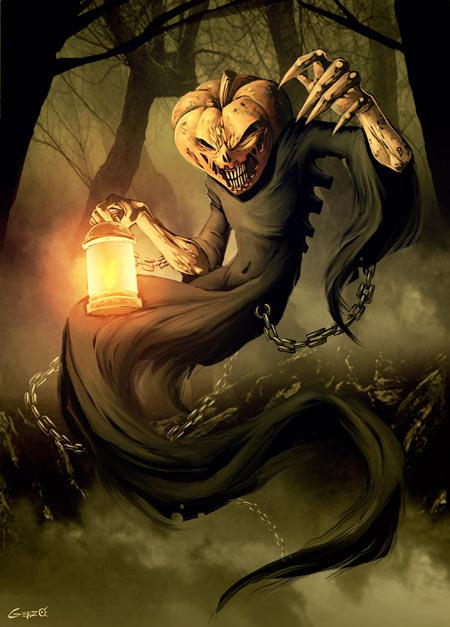 Forever, the Jack- O-Lantern wanders as a lost spirit in Hades that could not find a place to rest. In other words, Jack could never find his soul that was located within him the whole time. Hence, he never found true gnosis.
Forever, the Jack- O-Lantern wanders as a lost spirit in Hades that could not find a place to rest. In other words, Jack could never find his soul that was located within him the whole time. Hence, he never found true gnosis.
The terms Jack o’ lantern, Jack a lantern, or Jack of the Lantern, is also called will-o’-the-wisp, or Will of, or with, the Wisp. The term “will-o’-the-wisp” uses “wisp” (a bundle of sticks or paper sometimes used as a torch) and the proper name “Will“: thus, “Will-of-the-torch.” He is also known as Jack and ends with lantern, which mean ‘the little imp or goblin called Jack, who goes about in the twilight or the dark with a lantern to delude unwary travelers.’ He is also called Hob with a lantern, Jack of the wad, Kit with the candlestick, Kitty with the wisp, and Will with the wisp in many variations of these names.(1)
WHY THE NAME JACK?
The Druids were descendants of the ancient Hebrews (Greek Hebraios) who are also known as the Iraelites. They were the children of Jacob’s whose real name is Ya’akov which we can see the similarity in the name of Jack. The Greek, io is pronounced as Ya, and in Syriac language Io, was the God of Wisdom or Knowledge. Ya or Yah is also the name of God in Judaism. The meaning of the word Ak is point or sharpness. The meaning of Ov is a seer or necromancer.
The earliest mention of Jack I have found is in the year 1663 where it is said;.
Evening – I am an Evening dark as Night, Jack-with-the Lantern bring a Light.
Jack – Whither, whither, whither? [ Within’}
Evening – Hither, hither, hither.
Jack – Thou art fome pratling Eccho, of my making.
Evening – Thou art a follish Fire, by thy mistaking:
I am the Evening that creates thee.
Enter Jack in a black Suit border’dwitM Glmv-ivortns, a Coronet of Shaded Beams on his head over it a Paper Lantern with a Candle in V.
Jack – My Lantern and my Candle waits thee.
Enter Jack in a black Suit border ‘d with Glow-worms, a Coronet of Shaded Beams on his head, oi’cr it a Paper Lantern with a Candle in 7.
Jack – My Lantern and my Candle waits thee. (2)
JACK-O-LATERN SCIENCE
This is not all about fairy tales and pumpkins folks. Please don’t be tricked because I have treat for you where I will further explore the science of the Jack-o-lantern in a mysterious phenomenon that brings light to autumn’s deepening darkness.
SOURCES:
1.Transactions and proceedings, Volumes 25-26By American Philological Association
2. 1663 Stapyi.ton, The Slighted Maid, act 3 (1663, p. 48) (in Arber’s reprint (1868) of The Rehearsal (1672), p. 42, 43).(2)

Moe is the founder of GnosticWarrior.com. He is a father, husband, author, martial arts black belt, and an expert in Gnosticism, the occult, and esotericism.

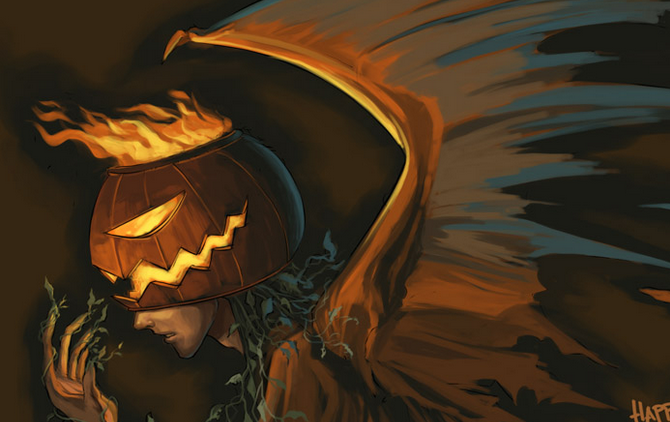

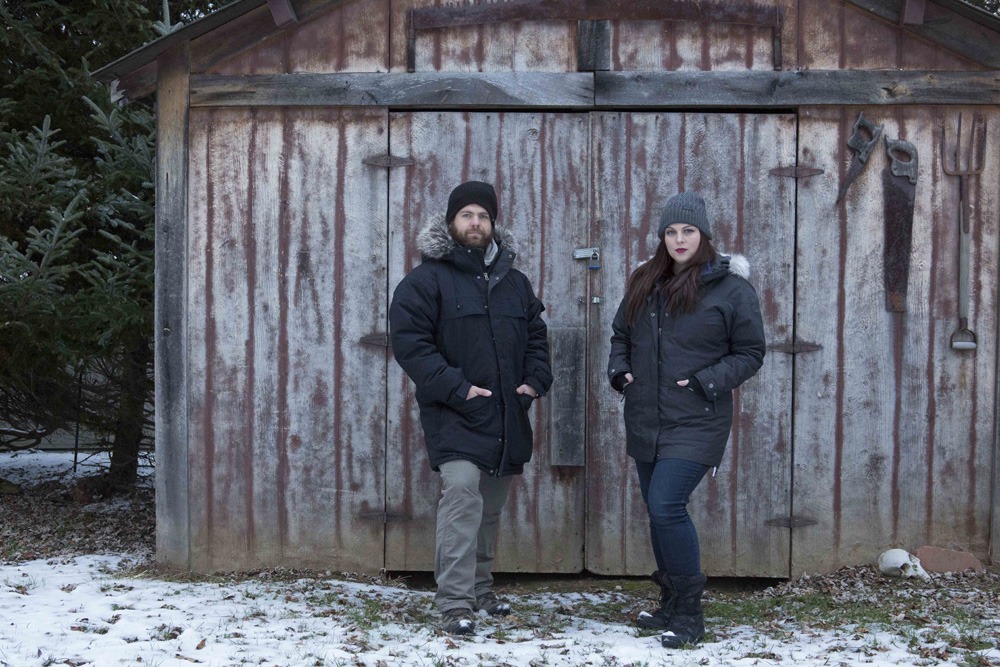
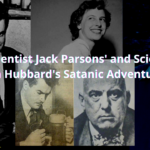

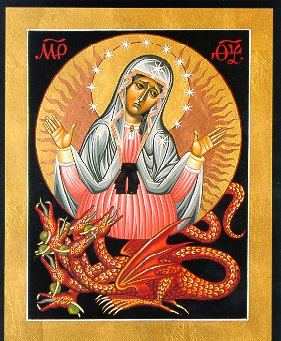

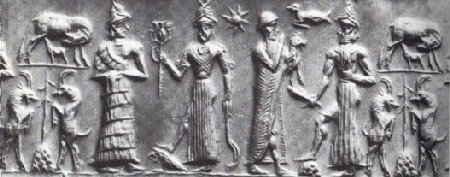
very interesting, Moe.